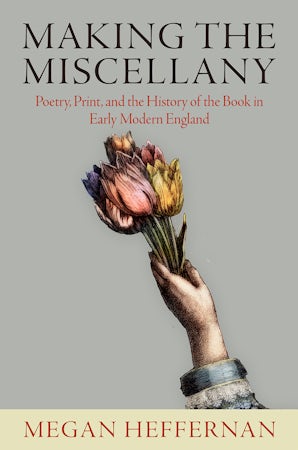Most contemporaryarchaeologists are well aware of this literature, but tend to getcaught up in debates over the difference between ‘trade’ and‘gift exchange’, while assuming that the ultimate point of both isto enhance somebody’s status, either by profit, or by prestige,or both. Most will also acknowledge that there is somethinginherently valuable, even cosmologically significant, in thephenomenon of travel, the experience of remote places or theacquisition of exotic materials; but in the last resort, much ofthis too seems to come down to questions of status or prestige,as if no other possible motivation might exist for peopleinteracting over long distances; for some further discussion ofthe issues see Wengrow 2010b.
David Wengrow 2010b. ‘The voyages of Europa: ritual and trade in the Eastern Mediterranean, c.2300–1850 .’ In William A. Parkinson and Michael L. Galaty (eds), Archaic State Interaction: The Eastern Mediterranean in the Bronze Age. Santa Fe: School for Advanced Research Press, pp. 141–60.
Read this for potential evidence for the mnemonic devices for information trade theory.
